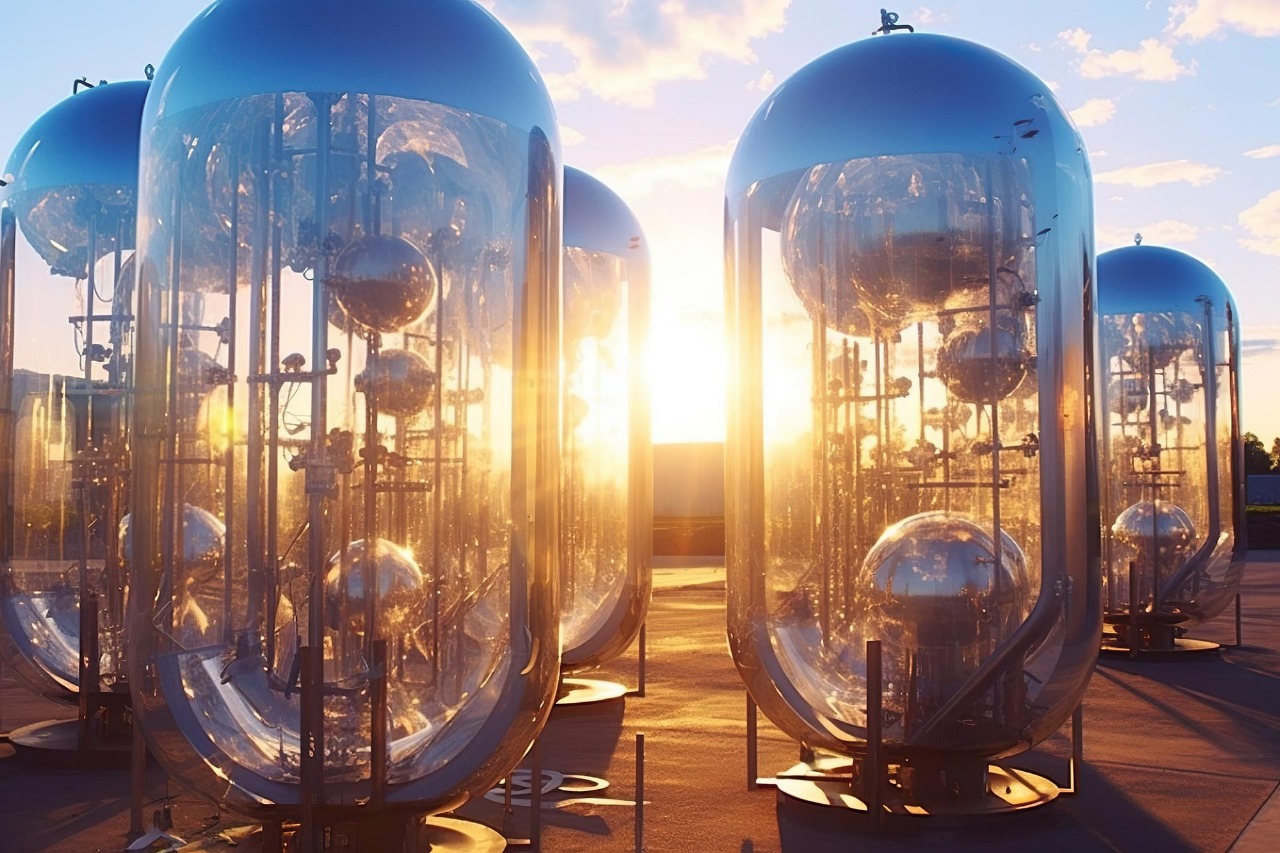In a major stride toward climate mitigation, researchers at the University of Cambridge have unveiled a solar-powered reactor capable of capturing carbon dioxide directly from the air and converting it into sustainable fuel. Published in Nature Energy in February 2025, this innovation offers a circular, low-energy alternative to conventional carbon capture and storage (CCS) technologies, which remain costly, energy-intensive, and controversial.
The reactor mimics photosynthesis, using sunlight to drive chemical reactions that transform atmospheric CO₂ into syngas—a versatile compound used in the production of fuels, chemicals, and pharmaceuticals. Unlike traditional CCS systems that require fossil-fuel energy and underground storage, this device operates autonomously, requiring no external power or infrastructure.
Key Highlights from the Research
- The reactor captures CO₂ from ambient air and converts it into syngas using only sunlight
- Specialised filters absorb CO₂ at night, which is then activated by sunlight during the day
- A semiconductor powder initiates the conversion reaction, enhanced by a concentrating mirror
- The system eliminates the need for CO₂ transport or storage, making it scalable and location-flexible
- Syngas produced can be refined into liquid fuels for vehicles and aircraft, or used in chemical manufacturing
Technology and Design
The solar reactor is built around a flow-based system that integrates filters and semiconductors. At night, the filters soak up CO₂ like a sponge. When exposed to sunlight, the reactor activates a photocatalytic process that breaks down the gas into syngas. A mirror concentrates solar radiation to boost efficiency, ensuring consistent performance even in low-light conditions.
This design allows the reactor to function without cables, batteries, or fossil-fuel inputs. It can be deployed in remote or off-grid locations, offering decentralized fuel production and reducing dependence on centralized energy systems.
Why It Matters
Carbon capture has long been touted as a solution to the climate crisis, but conventional CCS methods have faced criticism for their energy demands and long-term safety risks. Pressurized CO₂ stored underground poses environmental hazards and does not contribute to a circular economy.
The Cambridge reactor addresses these concerns by turning a harmful greenhouse gas into a useful resource. This not only reduces atmospheric CO₂ levels but also creates a sustainable fuel source, aligning with global decarbonization goals.
Potential Applications
1. Transportation: Syngas can be refined into liquid fuels for cars, planes, and ships
2. Pharmaceuticals: Used as a precursor in drug manufacturing without fossil inputs
3. Remote Energy: Enables fuel generation in isolated regions without grid access
4. Industrial Integration: Offers clean feedstock for chemical production and energy systems
Future Directions
The research team, led by Professor Erwin Reisner and Dr Sayan Kar, is now working on scaling the technology and converting syngas into commercially viable liquid fuels. With adequate investment, these reactors could be integrated into municipal infrastructure, industrial plants, and even residential settings.
The breakthrough also opens doors for further innovation in solar-driven chemical engineering, potentially leading to new methods for recycling waste gases and producing clean energy.
As climate urgency intensifies, the Cambridge solar reactor represents a promising leap toward sustainable carbon management—one that turns a global threat into a renewable opportunity.
Sources: University of Cambridge, SciTechDaily, Nature Energy, Inspenet

